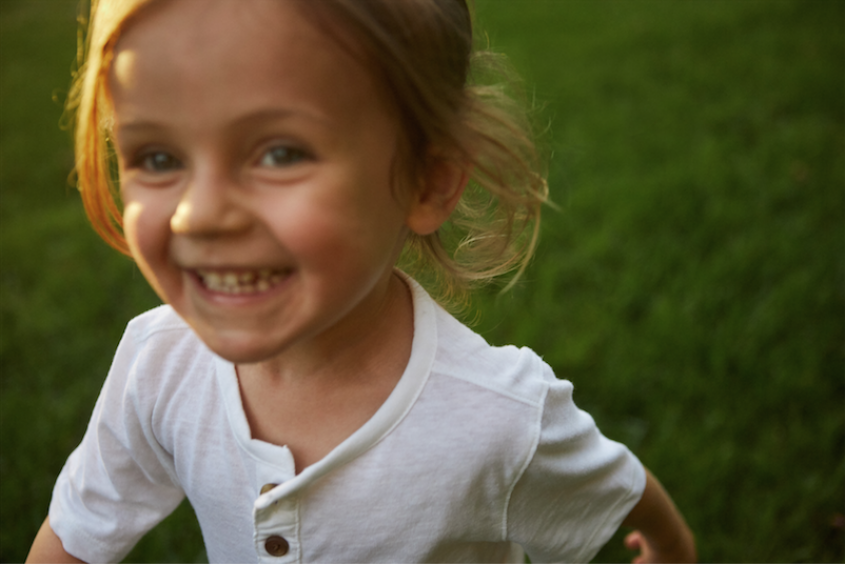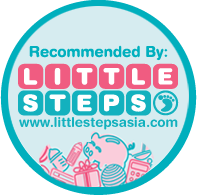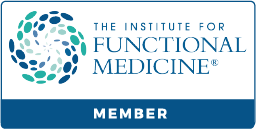
Physical Development Problems
As parents we always want the best for our children and as much as we strive to avoid accidents and sickness we need to care for their physical development.
Like the rest of us, children in Hong Kong are on a very tight schedule. Most have numerous after school activities and often little time to recover from long hours at the desk, carrying heavy school bags, sporting injuries and the increasing use of mobile devices.
An osteopathic check-up will help your child to become free of aches and pains, as well as have better alignment and avert potential problems further down the line.
10 common issues that need our attention:
1. EXCESSIVE CURVES OF THE SPINE:
A hunched back (KYPHOSIS), or a tendency to overarch the low back (LORDOSIS).
2. SCOLIOSIS:
A high shoulder, a rotated upper body and a hunch that is seen over one side of the ribs when your child bends forward means that there is an s-curve in the spine that we call scoliosis. This condition often contributes to back pain especially in adulthood and requires on-going treatment with at least half yearly check-ups to reduce the curve and the problems associated with it. The treatment will be most effective when combined with advice on posture and appropriate sports that help to strengthen and balance the back.
3. MISALIGNMENT OF THE LOWER EXTEMITIES:
The knees - increased bowing or X-shape pattern
The feet - flat feet, over-pronation, in-toeing or feet that are pointing excessively out to the side during walking.
4. BACK PAIN:
Heavy bags, high impact sports and tight hip muscles are often to blame for the onset of this. This type of pain responds quickly to osteopathic treatment and management.
5 NECK PAIN:
Unless this is due to an acute injury, teenagers are more commonly affected by this. Apart from the treatment of the local tension postural education is often required.
6. HIP PAIN:
Unexplained hip pain in young children, is commonly due to TRANSIENT SYNOVITIS OF THE HIP. This inflammation of the hip often follows after another infection your child might have had. The condition is self-limiting after a week or two and best treated with rest and ice (or anti-inflammatory medication).
From an osteopathic point of view the blood supply to and from the hip is important and can be improved with treatment of the hip, pelvis and low back.
Other possible causes of hip pain:
HIP DYSPLASIA (shallow hip socket). This should already be treated during infancy both with orthodox (eg a cast or splint) and osteopathic methods for best results.
PERSISTENT FEMORAL ANTEVERSION: look out for in-toeing and “kissing patella” after the age of 6 or 7.
7. KNEE PAIN:
Sports and injury most commonly affect the knee. RUNNERS KNEE is a condition stemming from the fascial band supporting the lateral knee.
OSGOOD SCHLATTER’S presents as pain at the front of the knee under the patella and is common in male teens who play sports that involve a lot of running and sudden stopping.
PATELLA SYNDROME is a condition often affecting female teenagers. As their hips in widen in puberty the patella can be pulled out to the side and start to become inflamed.
The treatment for the above conditions will depend on the underlying imbalances in the back, pelvis and the other joints in the lower extremities.
8. ANKLE SPRAINS:
Osteopathic treatment of ankle sprains is especially important as re-injury is very common here. When left to heal on their own there are often persistent restrictions that alter the mechanics of the ankle and can cause on-going pain as well as the aforementioned tendency to injure the ankle again.
9. HEEL PAIN, ACHILLLIS TENDONITIS:
Like in Osgood Schlatter the increased tension on the tendon can cause a bone spur to form, which leads to a persistent bump on the heel. This can be treated with lengthening of the calf muscles and if necessary an insole to reduce overpronation of the foot.
10. MUSCLE STRAINS:
These injuries are initially best treated with RICE (Rest, Ice, Compression and Elevation) and should feel better after 48, 72 hours. If the symptoms persist an internal haematoma is likely, as well as torn muscle fibres. Osteopathic care will ensure a speedy and complete recovery.
Osteopathy


